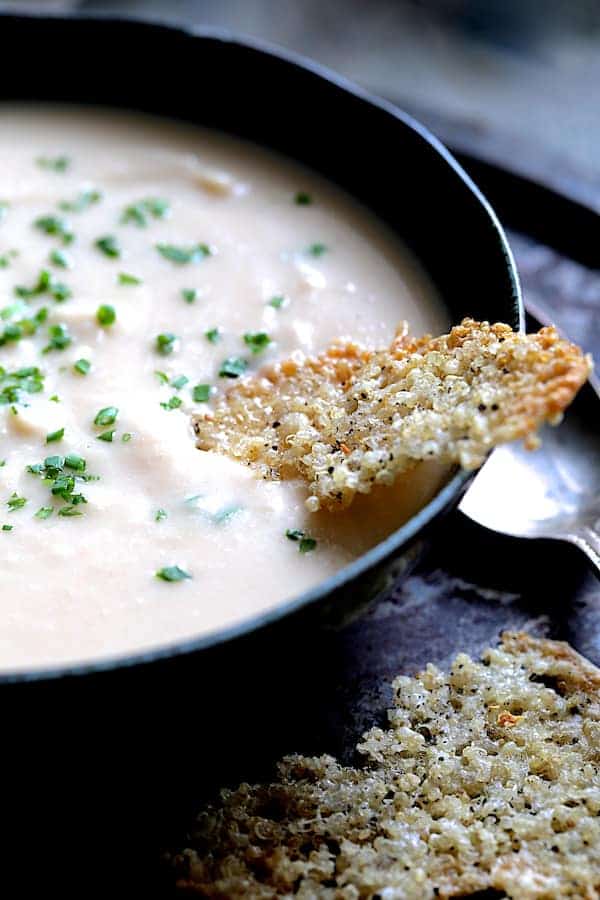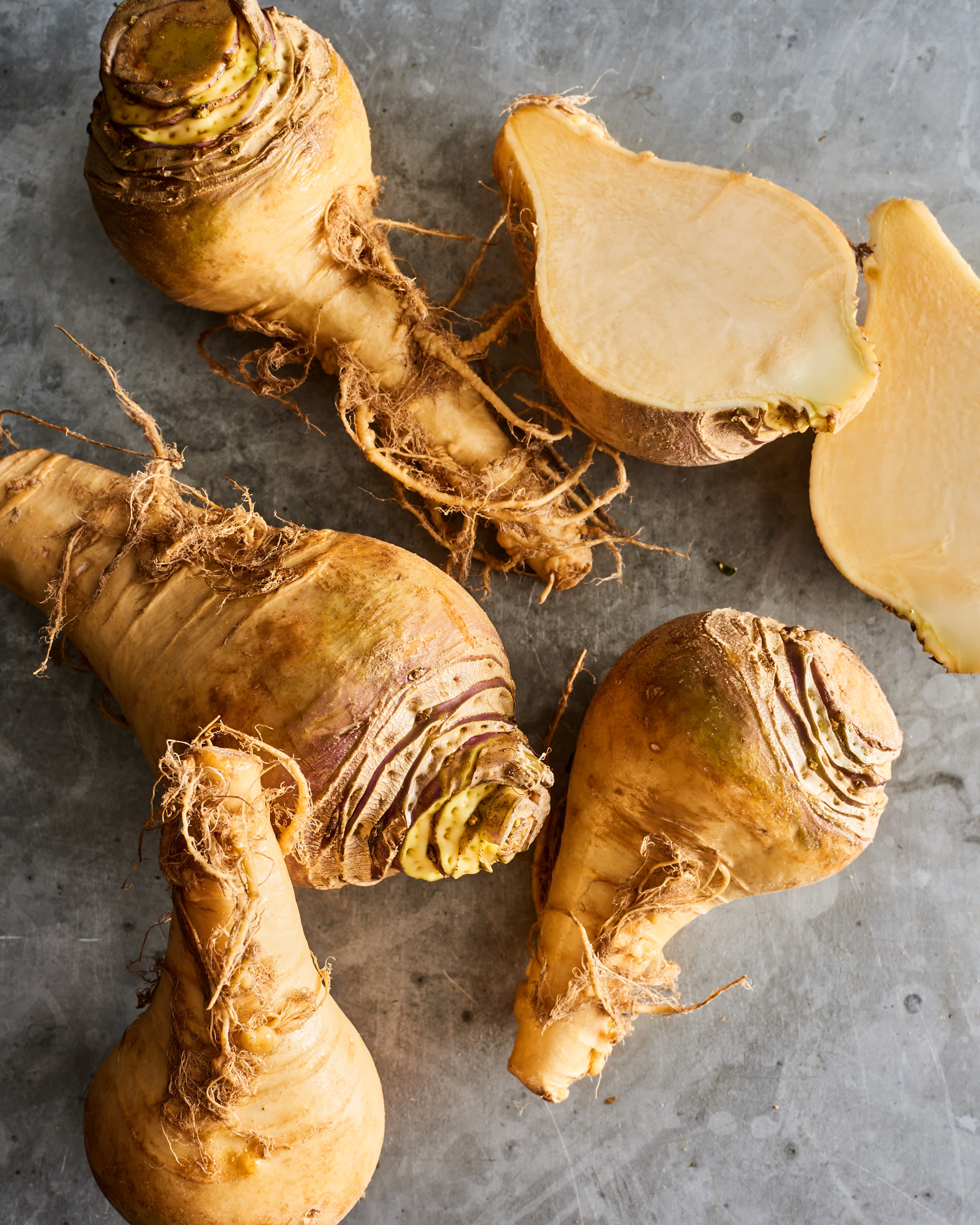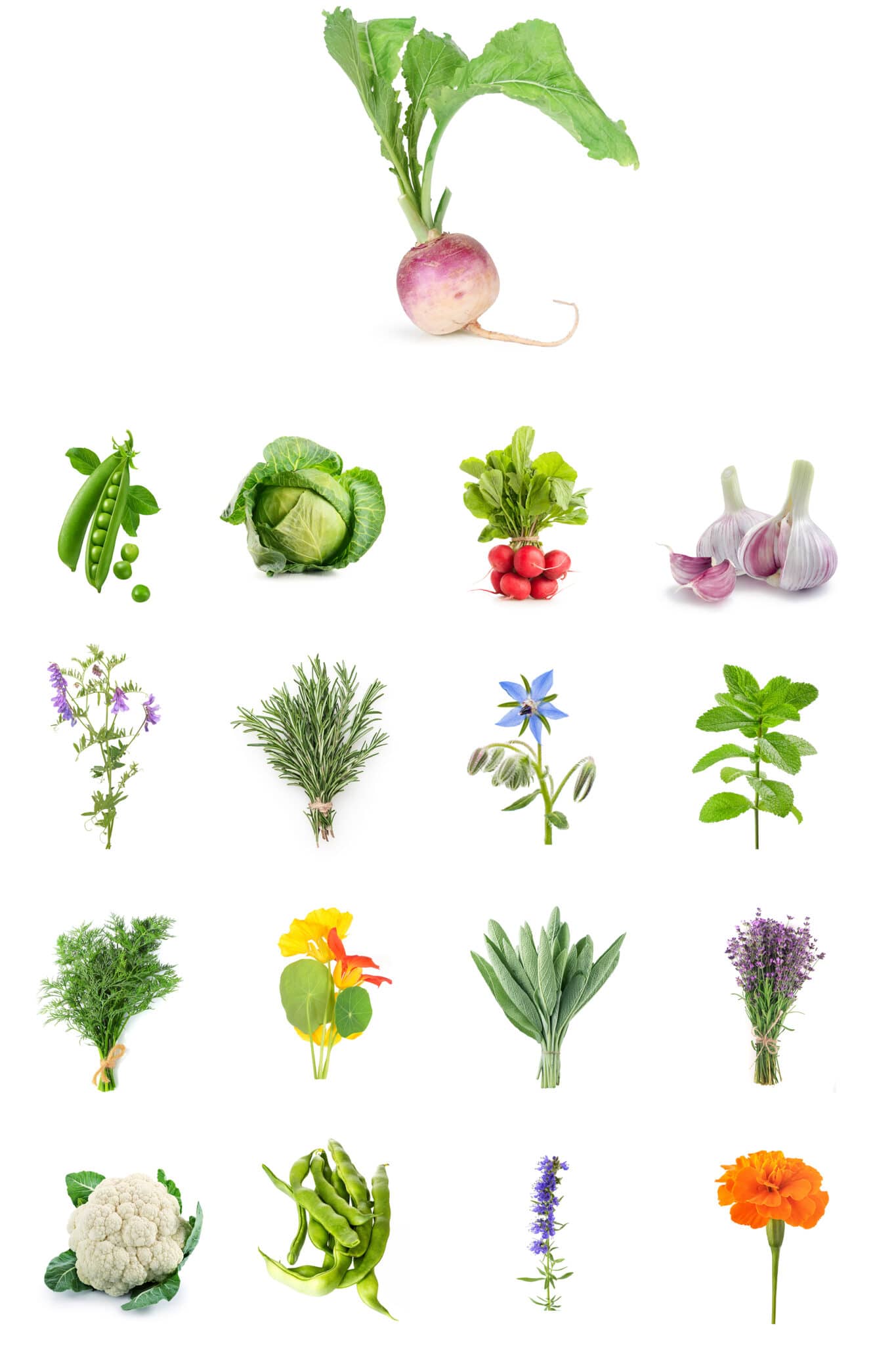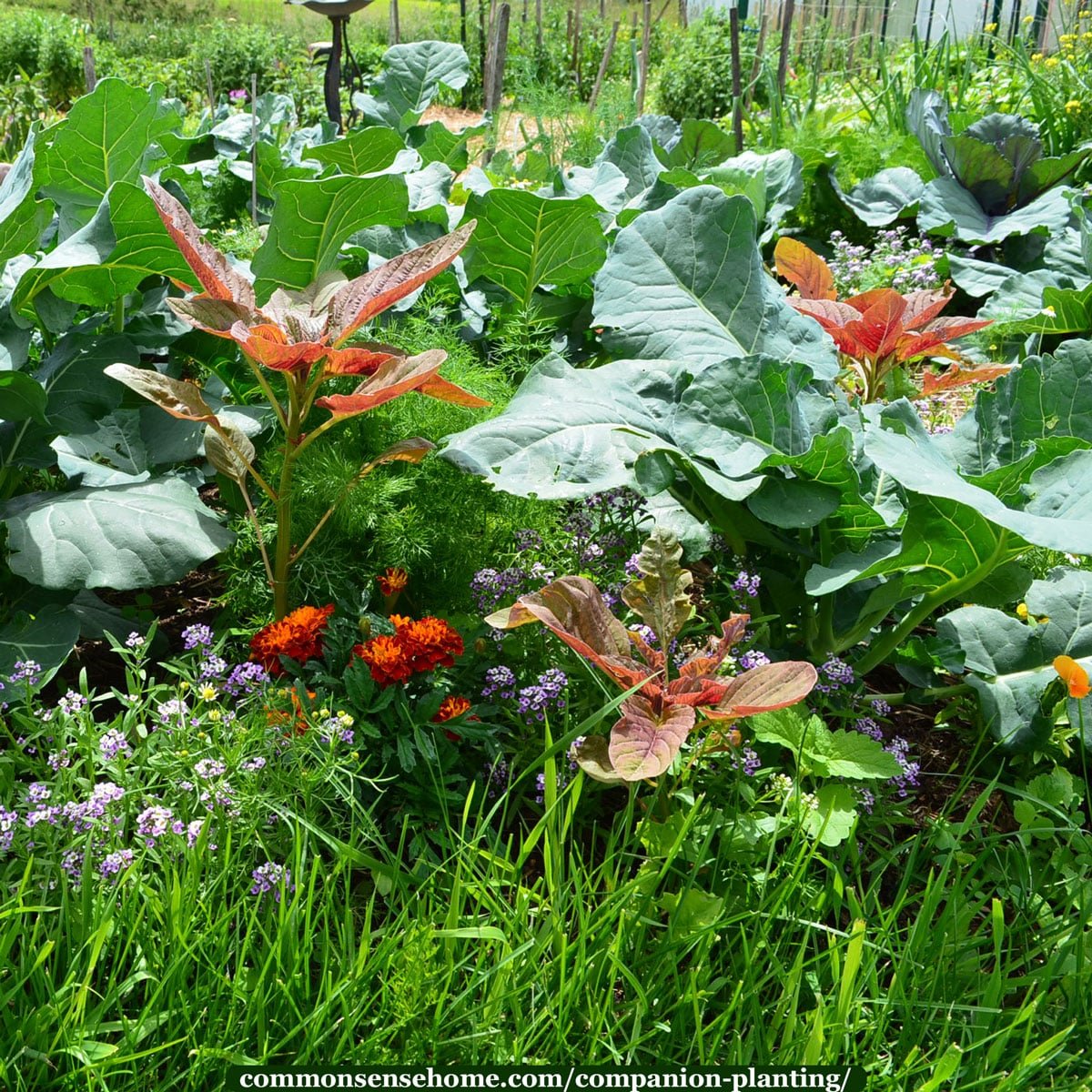The Best Companion Plants For Rutabagas: A Guide To Growing A Healthy Harvest
Introduction
Rutabaga is a cool-season root vegetable that is a member of the brassica family. It is closely related to cabbage, broccoli, and cauliflower. Rutabagas are a good source of vitamins C and K, as well as fiber. They can be eaten cooked or raw, and they are a versatile addition to many dishes.
One of the best ways to ensure a healthy harvest of rutabagas is to plant them with companion plants. Companion planting is the practice of planting certain plants together in order to benefit each other. Some companion plants can help to repel pests, attract beneficial insects, or improve the soil.
In this blog post, we will discuss the best companion plants for rutabagas. We will also provide some tips on how to plant and care for rutabagas.
Benefits of Companion Planting
There are many benefits to companion planting. Some of the benefits include:
- Reduced pest pressure: Some companion plants can help to repel pests, such as aphids, cabbage moths, and flea beetles.
- Attraction of beneficial insects: Other companion plants can attract beneficial insects, such as ladybugs and lacewings, which help to control pests.
- Improved soil health: Some companion plants can help to improve the soil by adding nutrients or breaking down organic matter.
- Increased yields: Companion planting can help to increase yields of rutabagas by providing them with the nutrients and support they need to thrive.
Best Companion Plants for Rutabagas
There are many different companion plants that can be planted with rutabagas. Some of the best companion plants include:
- Carrots: Carrots and rutabagas are both root vegetables, so they can benefit from each other's root systems. Carrots help to loosen the soil, which makes it easier for rutabagas to grow. Rutabagas also help to repel pests that can damage carrots.

- Beans: Beans are a nitrogen-fixing plant, which means that they can add nitrogen to the soil. This can benefit rutabagas, which are heavy feeders. Beans also help to suppress weeds, which can help to keep rutabagas healthy.

- Chives: Chives help to repel pests, such as aphids and cabbage moths. They also help to attract beneficial insects, such as ladybugs and lacewings.

- Onions: Onions, like chives, help to repel pests. They also help to improve the flavor of rutabagas.
- Lettuce: Lettuce helps to shade the soil, which can help to keep it cool and moist. This can be beneficial for rutabagas, which prefer cool, moist soil. Lettuce also helps to attract beneficial insects.

- Marigolds: Marigolds help to repel pests, such as nematodes and whiteflies. They also help to improve the flavor of rutabagas.
Tips for Planting and Caring for Rutabagas
Here are some tips for planting and caring for rutabagas:
- Plant rutabagas in full sun. Rutabagas need at least 6 hours of sunlight per day.
- Plant rutabagas in well-drained soil. Rutabagas do not tolerate waterlogged soil.
- Add compost or manure to the soil before planting. This will help to improve the soil drainage and fertility.
- Space rutabagas 12-18 inches apart. This will give them enough room to grow.
- Water rutabagas regularly, especially during dry weather.
- Fertilize rutabagas with a balanced fertilizer once a month.
- Harvest rutabagas when they are 2-3 inches in diameter.
Conclusion
Rutabaga is a delicious and versatile root vegetable that can be grown in many different climates. Companion planting can help to ensure a healthy harvest of rutabagas by providing them with the nutrients and support they need to thrive. By following the tips in this blog post, you can enjoy a bountiful harvest of rutabagas this season.
Rutabaga is a cool-season vegetable that can be grown in many different climates. It is a member of the brassica family, which means that it can be susceptible to some of the same pests and diseases as other brassicas. However, there are a number of companion plants that can help to deter pests and diseases, and improve the overall health of your rutabaga plants.
Some of the best companion plants for rutabaga include:
- Onions: Onions release sulfur compounds that can help to repel pests such as aphids, cabbage worms, and flea beetles.
- Carrots: Carrots help to suppress the growth of weeds, which can help to reduce competition for water and nutrients.
- Peas: Peas fix nitrogen in the soil, which can help to improve the nutrient availability for your rutabaga plants.
- Marigolds: Marigolds attract beneficial insects such as ladybugs and lacewings, which can help to control pests.
For more information about companion planting for rutabaga, please visit Home Gardening.
FAQ of companion plants for rutabaga
What are some good companion plants for rutabagas?
Some good companion plants for rutabagas include:
- Peas: Peas help to improve the nitrogen content of the soil, which can benefit rutabagas. They also help to repel pests.
- Onions: Onions help to repel pests, such as aphids and cabbage moths. They also help to improve the flavor of rutabagas.
- Beans: Beans help to fix nitrogen in the soil, which can benefit rutabagas. They also help to suppress weeds.
- Carrots: Carrots help to improve the flavor of rutabagas. They also help to repel pests, such as carrot rust flies.
- Chives: Chives help to repel pests, such as aphids and cabbage moths. They also help to improve the flavor of rutabagas.
- Turnips: Turnips have similar growth requirements to rutabagas, so they can be planted together. They also help to repel pests.
- Beets: Beets help to enrich the iron component of the soil, which can benefit rutabagas. They also help to suppress weeds.
- Spinach: Spinach is an edible leafy green that can be grown alongside rutabagas. It helps to suppress weeds and can also improve the flavor of rutabagas.
- Marigolds: Marigolds are not edible, but they can be planted around rutabagas to help repel pests. They also help to improve the appearance of the garden.
Image of companion plants for rutabaga
- Peas: Peas are a great companion plant for rutabagas because they help to fix nitrogen in the soil, which can benefit the growth of both plants.
- Onions: Onions are another good companion plant for rutabagas because they help to repel pests, such as aphids and cabbage moths.
- Beans: Beans are a nitrogen-fixing plant, which means they can help to improve the soil quality for rutabagas. They also help to suppress weeds and attract beneficial insects.
- Carrots: Carrots and rutabagas are both root vegetables, so they can be planted together without competing for space. They also help to repel each other's pests.

- Chives: Chives are a good companion plant for rutabagas because they help to repel pests and attract beneficial insects. They also have a strong flavor that can help to mask the bitterness of rutabagas.
- Turnips: Turnips are a good companion plant for rutabagas because they have similar growing requirements and can help to repel pests.

- Beetroot: Beetroot is a good companion plant for rutabagas because they help to improve the soil quality and attract beneficial insects.

- Spinach: Spinach is a good companion plant for rutabagas because it helps to suppress weeds and attract beneficial insects.

- Marigolds: Marigolds are a good companion plant for rutabagas because they help to repel pests, such as aphids and cabbage moths. They also have a strong scent that can help to mask the bitterness of rutabagas.


Post a Comment for "The Best Companion Plants For Rutabagas: A Guide To Growing A Healthy Harvest"